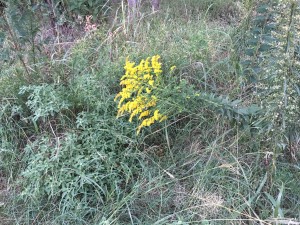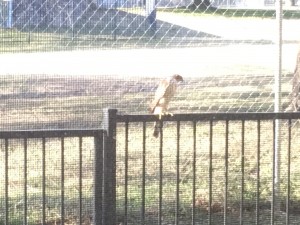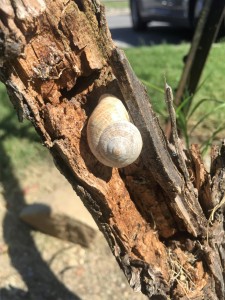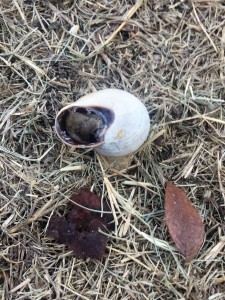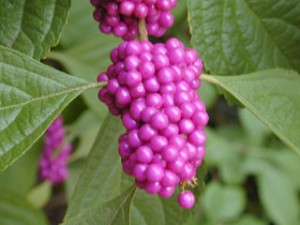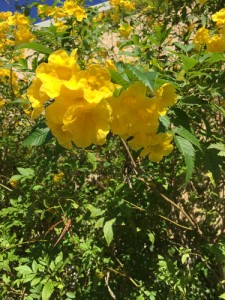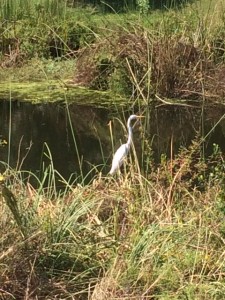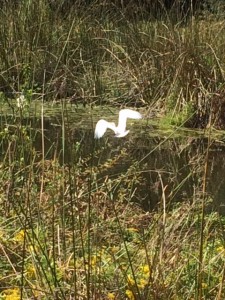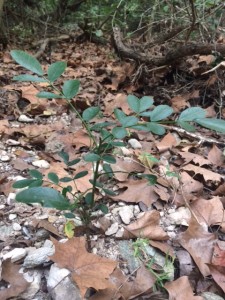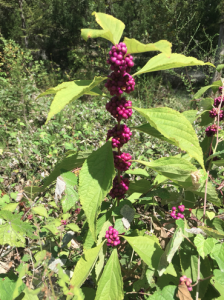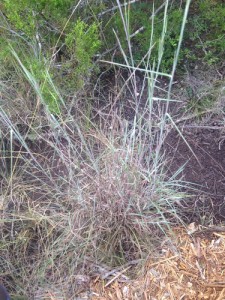I learned a few years ago about the importance of planting milkweed species for Monarch butterflies (Danaus plexippus), especially in Texas. I have two on my apartment patio, and recently they have been home to several monarch larva, or caterpillars. Monarchs are dependent on milkweed plants, which larvae eat nearly exclusively.
The entire larval stage in monarchs lasts from nine to fourteen days under normal summer temperatures. This little guy pictured below will emerge as a beautifully colored, black-orange-and-white adult.
They migrate to overwintering grounds, either in central Mexico for eastern monarchs or in California for western monarchs. Here they spend the winter clustered in trees until weather and temperature conditions allow them to return to their breeding grounds. North American monarchs are the only butterflies that make such a massive journey—up to 3,000 miles.
Many scientists are concerned about the eastern population of monarchs, which summer east of the Rocky Mountains. This group is occurring in ever smaller numbers, and its survival may be threatened by a series of natural disasters in the Mexican wintering grounds, as well as by reduced acreage of milkweed plants in their summer home.
Find my iNaturalist post here.

Source: http://monarchlab.org/biology-and-research/biology-and-natural-history/breeding-life-cycle/life-cycle/#larva
http://animals.nationalgeographic.com/animals/bugs/monarch-butterfly/

